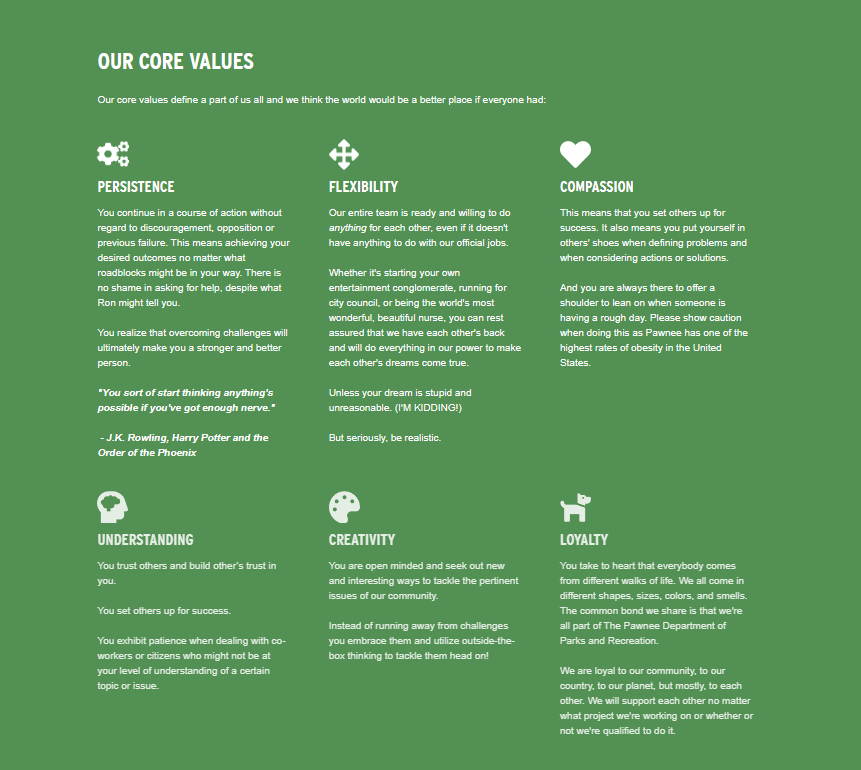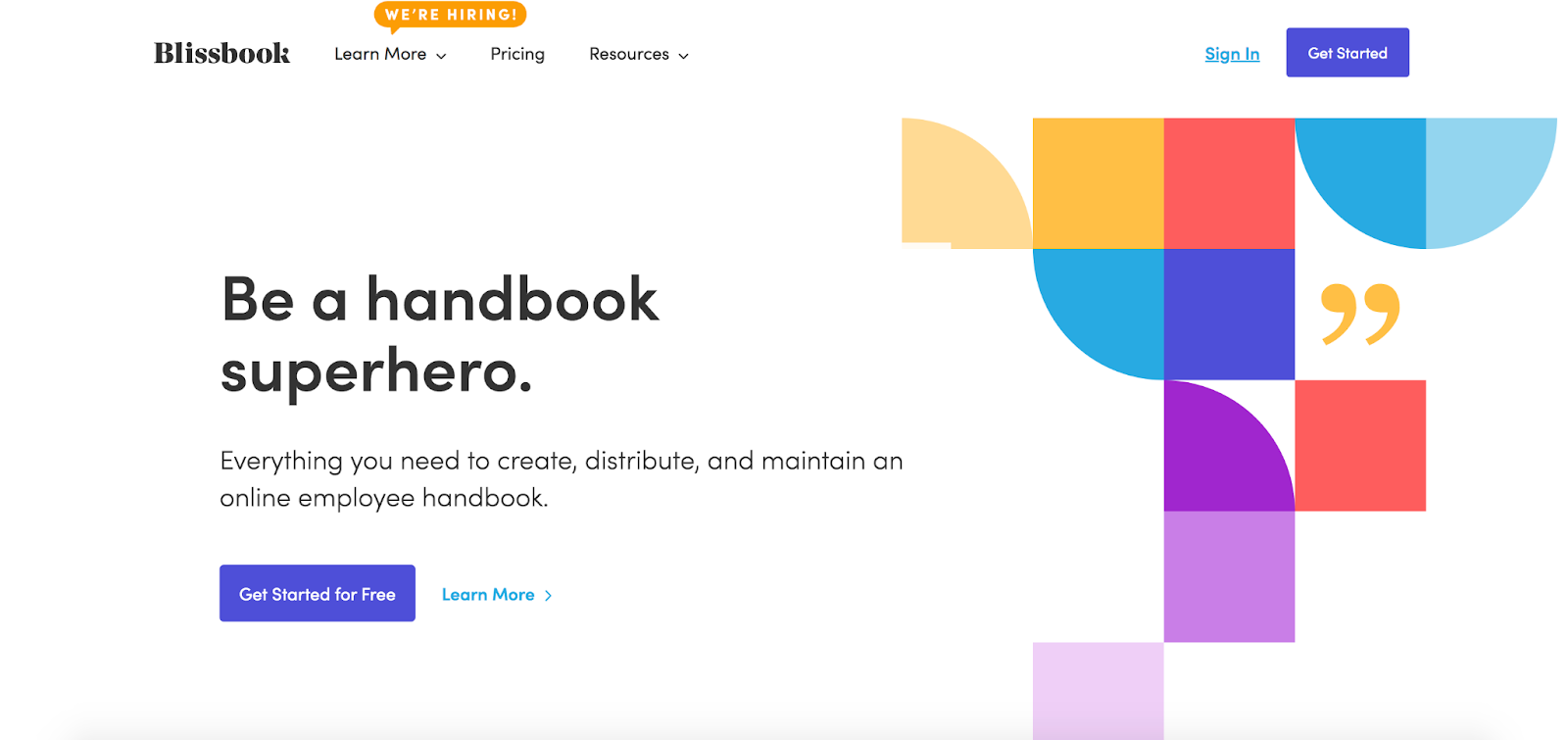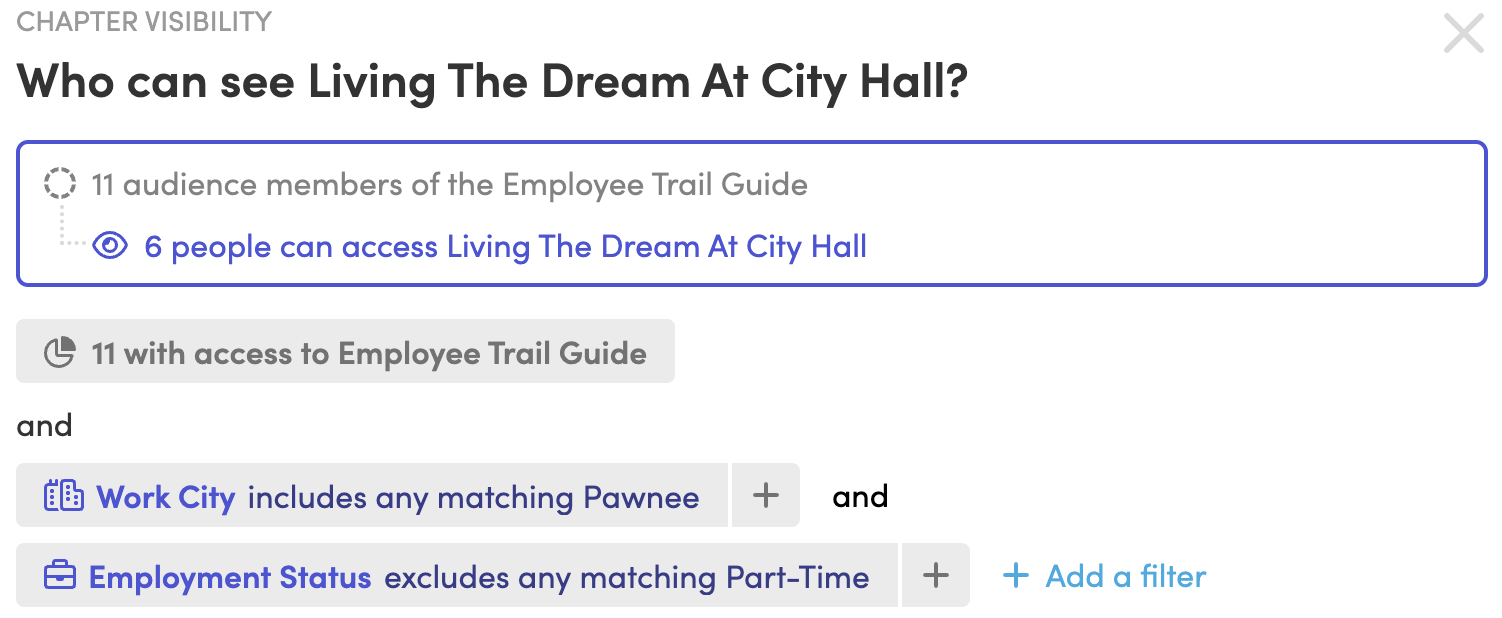4 Signs Your Policies Aren’t Personalized Enough (And Why It Matters)
Writing employee policies often feels like a tug-of-war. On one side, HR wants efficiency: one master document that’s simple to update and share. On the other, employees want clarity: a streamlined handbook that only shows them the policies relevant to their role, location, or situation. What makes life easier for admins often makes life harder for employees, and vice versa.
Traditional tools don’t make this any easier. You either end up with a single, bloated doc stuffed with every possible policy, or you’re juggling multiple versions to accommodate different employee groups. Neither option really works. One leaves employees unsure of what applies to them, and the other creates chaos for HR; managing duplicate updates, trying to keep track of which file or folder employees should use, and dealing with the inevitable human error that comes from version sprawl.
But the old trade-off isn’t necessary anymore. Modern handbook software bridges the gap, delivering the personalization employees need without creating version-control chaos for HR. With Blissbook, you can manage a single source of truth for each policy, then deliver personalized, up-to-date handbooks that make sense for every employee. Everyone gets what they need, and nobody gets lost in the shuffle.
Why Personalization in Policies Matters
Relevance Builds Trust
Employees are far more likely to read and follow an employee handbook when it feels like it was written for them. A personalized handbook highlights only the policies that apply to their role, location, or work style, which makes the content feel approachable instead of overwhelming. When policies are relevant, employees see them not as bureaucratic red tape but as guidance that helps them succeed.
Generic Policies Create Risks
On the flip side, handbooks with everything for everyone often backfire. Employees disengage when they have to wade through sections that don’t apply to them. Worse, they may misinterpret, overlook, or get confused about the parts that do apply, leading to compliance gaps or unintentional rule violations. HR teams often see the fallout in the form of repeated questions or avoidable mistakes.That’s why personalization isn’t just a nice-to-have. It’s a safeguard for both employee experience and organizational compliance. Whether you’re writing new policies,updating your employee handbook, or planning the next handbook distribution, personalization ensures the content resonates. Over the next four sections, we’ll walk through common red flags that are easy to miss, and show how addressing them can turn into green flags that strengthen trust, clarity, and culture.
Sign #1: Your Handbook Gets Ignored
It’s one of the most common frustrations for HR: you’ve invested hours into writing and sharing a handbook, only to find employees aren’t reading it. Instead, they come to HR with questions that are already answered in black and white.
The problem isn’t that employees don’t care; it’s that the handbook feels bloated or irrelevant. When a document tries to cover every possible policy for every possible audience, employees check out. They stop looking for answers because they assume what they’ll find won’t apply to them.
Imagine a new hire trying to figure out the company’s Paid Sick Leave policy. They search the handbook and end up staring at ten different versions, each written for a different state. Unsure which one applies to them, they give up and ping HR. Multiply that scenario across dozens of employees, and suddenly your “helpful, self-serve resource” is actually creating more work.

A personalized handbook flips that experience. Instead of being overwhelmed by options, employees only see the policies relevant to their role or location. That relevance makes them far more likely to engage. They know the content applies to them, which builds trust and encourages self-service. The result is fewer repetitive questions for HR, less noise in your inbox, and a handbook that truly functions as the go-to resource you intended it to be. Personalized content, combined with thoughtful handbook design, can be the difference between a document employees ignore and one they turn to first.
Sign #2: Employees Follow the Wrong Rules
Sometimes it’s not that employees ignore your policies. It’s that they can’t tell which ones actually apply to them. This is especially common when state-specific policies or role-based rules are all packed into a single employee handbook. Employees sift through dozens of pages, spot a policy that looks right, and follow it… only to later discover it was meant for a different location or job type.

Another version of this problem happens when HR tries to solve it by creating multiple handbooks. You might have one handbook for California employees, another for everyone else… plus the special policies for hourly workers … and oh yeah the one for retail staff, and so on. While the intention is good, now you’re juggling updates across several documents. Employees often end up referencing an outdated copy, or worse, the wrong handbook entirely.
The consequences are real. An employee might accidentally take leave under the wrong state employment laws, or a manager could approve expenses based on a policy that doesn’t apply in their office. These mistakes aren’t rooted in bad behavior; they come from a lack of clarity. Unfortunately, they still create compliance risks and potential legal headaches for the company.
Personalized handbooks eliminate this confusion. With the right system in place, each employee sees only the policies that apply to them. No guessing, no digging, no trying to remember which PDF is the “latest version.” HR keeps one master source of truth, and employees get the clarity they need to confidently follow the rules. Whether you’re figuring out what laws must be added to your employee handbook, drafting acknowledgement statements, or planning how to distribute your handbook, personalization ensures that the right people always see the right content.
Sign #3: Rule Violations Happen for the Wrong Reasons
Not every violation stems from employees ignoring the rules. More often, mistakes happen because employees are genuinely trying to comply but are tripped up by unclear or conflicting guidance, which highlights an uncomfortable truth: many “violations” are signs of poor delivery, not poor employees. When outdated policies or duplicate documents circulate, it’s too easy for people to follow the wrong instructions. The issue isn’t employee intent. It’s that HR doesn’t have a reliable way to share one clear, authoritative version.
With a personalized, centralized handbook, employees don’t have to second-guess. Instead of wondering whether something applies to them, they’re guided straight to the latest content. That clarity prevents unnecessary violations, reduces frustration for employees and managers alike, and gives HR peace of mind knowing everyone is working from the same playbook.
Sign #4: Policies Undermine Culture Instead of Building It
When an employee handbook is filled with generic content, employees don’t just skim past the irrelevant parts; they disengage. The unspoken takeaway is, “this is just for compliance; it doesn’t matter if I read it, and my time isn’t valued.” Over time, that sense of detachment erodes trust and makes the handbook feel like nothing more than a compliance checkbox, rather than a resource that balances compliance with genuinely supporting employees.
A personalized handbook that tailors content to employees sends a signal that their time, role, and contributions matter. Personalization makes policies feel relevant and aligned with your organization’s values, transforming the handbook into a resource that strengthens trust and belonging.

Pair personalization with effective handbook design choices and the handbook becomes more than a policy repository. It becomes a cultural artifact that reflects who you are as a company, why you exist, and what you stand for. Instead of stuffing in generic filler, you can highlight the policies and practices that truly define your workplace and remove anything that doesn’t belong. Personalization ensures your handbook supports both compliance and connection.
The Solution: Personalization Without Extra Work
Why Old Tools Fell Short
For years, HR teams have had to make a frustrating trade-off. The old standard (a Word doc/PDF combo) made it easy to manage one master file, but that efficiency came at the cost of relevance. Employees had to wade through a massive, generic handbook that rarely felt like it applied to them.
Some organizations tried the opposite approach: creating multiple versions of the handbook for different states, roles, or employee groups. That solved the personalization problem for employees, but created a logistical nightmare for HR. Every policy update had to be copied and pasted across multiple documents, raising the risk of errors, outdated information, and a never-ending cycle of version control issues.
In short, old tools forced you to choose: make life easier for admins or make life easier for employees. You couldn’t have both.
How Blissbook Bridges the Gap
Blissbook was built to eliminate that false dichotomy. Instead of juggling dozens of documents or pushing out one bloated file, you maintain a single source of truth for each policy and all their variations. From there, Blissbook automatically delivers personalized handbooks tailored to each employee.

That means:
- One policy, many handbooks. You can embed a single policy across multiple handbooks, or create variations within one policy using access-controlled blocks. Either way, every audience gets the guidance that’s relevant to them without HR having to manage duplicates.

- Always current, never outdated. Update a policy once, and that change instantly flows everywhere. Employees see the latest, most accurate information every time they log in.
- Less admin work, better employee experience. HR keeps control and consistency on the back end, while employees enjoy a handbook that feels designed just for them.
The result is a win-win. HR no longer has to pick between efficiency and personalization, and employees finally have a handbook they’ll actually trust and use. You can have your cake and eat it too!
Final Thoughts
Personalization in policies isn’t just a nice-to-have. It’s the difference between a handbook that frustrates employees and one that truly supports them. When employees only see the policies that apply to them, they’re more engaged, more confident, and less likely to make mistakes. For HR, that means fewer repetitive questions, fewer compliance headaches, and more time to focus on strategic work instead of administrative support.
A generic handbook may feel efficient to maintain, but the hidden costs are steep: lost trust, wasted hours, and unnecessary risk. Personalization turns that dynamic around. It transforms the handbook from a static, transactional document into a living resource that actively strengthens culture, reinforces values, and empowers employees to do their best work.
The good news is you no longer have to choose between efficiency for admins and clarity for employees. With Blissbook, you manage policies in one place, then automatically deliver personalized handbooks that employees actually want to use. Updates cascade instantly across every version, so you always know your people are working from the latest, most accurate information.
It’s time to stop settling for one-size-fits-all. Your employees deserve a handbook that reflects their needs, and your team deserves a tool that makes personalization simple. Explore how Blissbook can help you create engaging, easy-to-distribute handbooks that save time, reduce risk, and show your people you care.